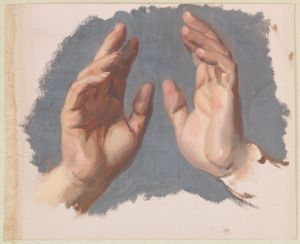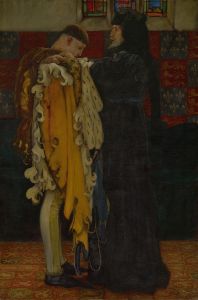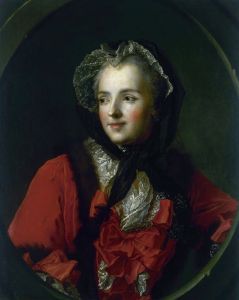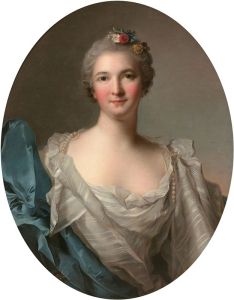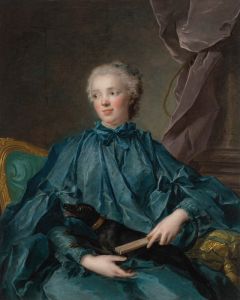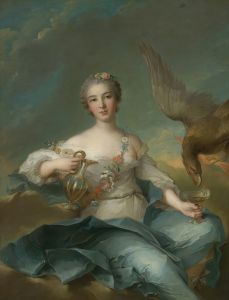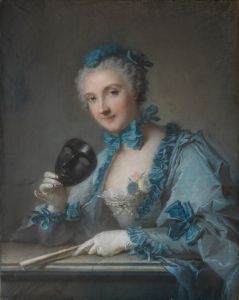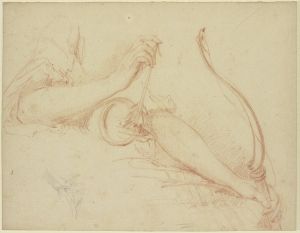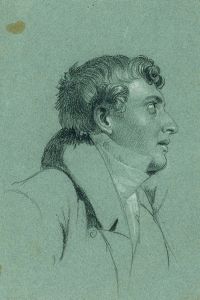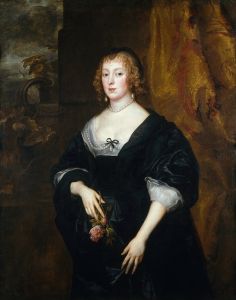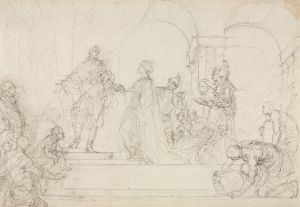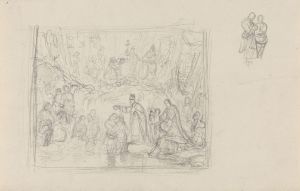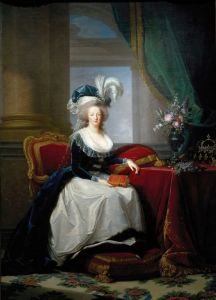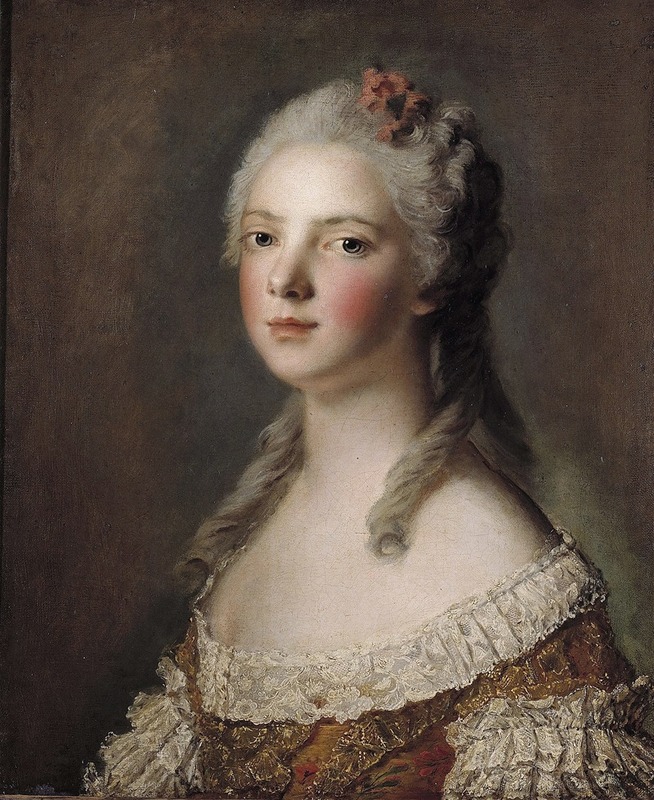
Portrait Of Marie-Adélaïde Of France, Daughter Of Louis Xv, Known As Madame Adélaïde
A hand-painted replica of Jean-Marc Nattier’s masterpiece Portrait Of Marie-Adélaïde Of France, Daughter Of Louis Xv, Known As Madame Adélaïde, meticulously crafted by professional artists to capture the true essence of the original. Each piece is created with museum-quality canvas and rare mineral pigments, carefully painted by experienced artists with delicate brushstrokes and rich, layered colors to perfectly recreate the texture of the original artwork. Unlike machine-printed reproductions, this hand-painted version brings the painting to life, infused with the artist’s emotions and skill in every stroke. Whether for personal collection or home decoration, it instantly elevates the artistic atmosphere of any space.
"Portrait of Marie-Adélaïde of France, Daughter of Louis XV, Known as Madame Adélaïde" is a notable painting by the French artist Jean-Marc Nattier. This artwork, created in 1758, is a significant example of 18th-century French portraiture and reflects the Rococo style that was prevalent during that period.
Jean-Marc Nattier (1685-1766) was a prominent portrait painter in France, known for his ability to capture the elegance and grace of his subjects. He was particularly favored by the French court and aristocracy, and his works often depicted members of the royal family and nobility in elaborate and fashionable attire.
Marie-Adélaïde of France, also known as Madame Adélaïde, was born on March 23, 1732, as the fourth daughter of King Louis XV of France and Queen Maria Leszczyńska. As a member of the royal family, she held the title of "Fille de France" (Daughter of France) and was one of the eight surviving children of the king. Madame Adélaïde was known for her strong personality and her close relationship with her father, King Louis XV.
In the portrait, Madame Adélaïde is depicted with the poise and refinement characteristic of Nattier's style. She is shown wearing an elegant gown adorned with intricate lace and embroidery, which reflects her high status and the fashion of the time. The use of soft, pastel colors and delicate brushwork is typical of the Rococo style, which emphasizes lightness, grace, and ornamental beauty.
Nattier's skillful rendering of textures, such as the sheen of the fabric and the softness of the lace, demonstrates his technical proficiency and attention to detail. The background of the painting is kept relatively simple, with a muted palette that allows the figure of Madame Adélaïde to stand out prominently. This compositional choice directs the viewer's focus to her face and attire, highlighting her aristocratic elegance.
Madame Adélaïde's expression in the portrait is serene and composed, conveying a sense of dignity and nobility. Her gaze is directed slightly away from the viewer, which was a common pose in portraiture of the time, intended to convey a sense of introspection and contemplation.
The portrait of Madame Adélaïde by Jean-Marc Nattier is housed in the Palace of Versailles, which is fitting given her royal lineage and the significance of the palace as a symbol of French monarchy and culture. The painting is part of the extensive collection of portraits of the French royal family and nobility that are displayed at Versailles, offering insight into the lives and appearances of historical figures from that era.
Overall, "Portrait of Marie-Adélaïde of France, Daughter of Louis XV, Known as Madame Adélaïde" is an exemplary work of Rococo portraiture that captures the elegance and refinement of its subject. Jean-Marc Nattier's masterful technique and attention to detail make this painting a valuable piece of art history, reflecting the cultural and artistic values of 18th-century France.





